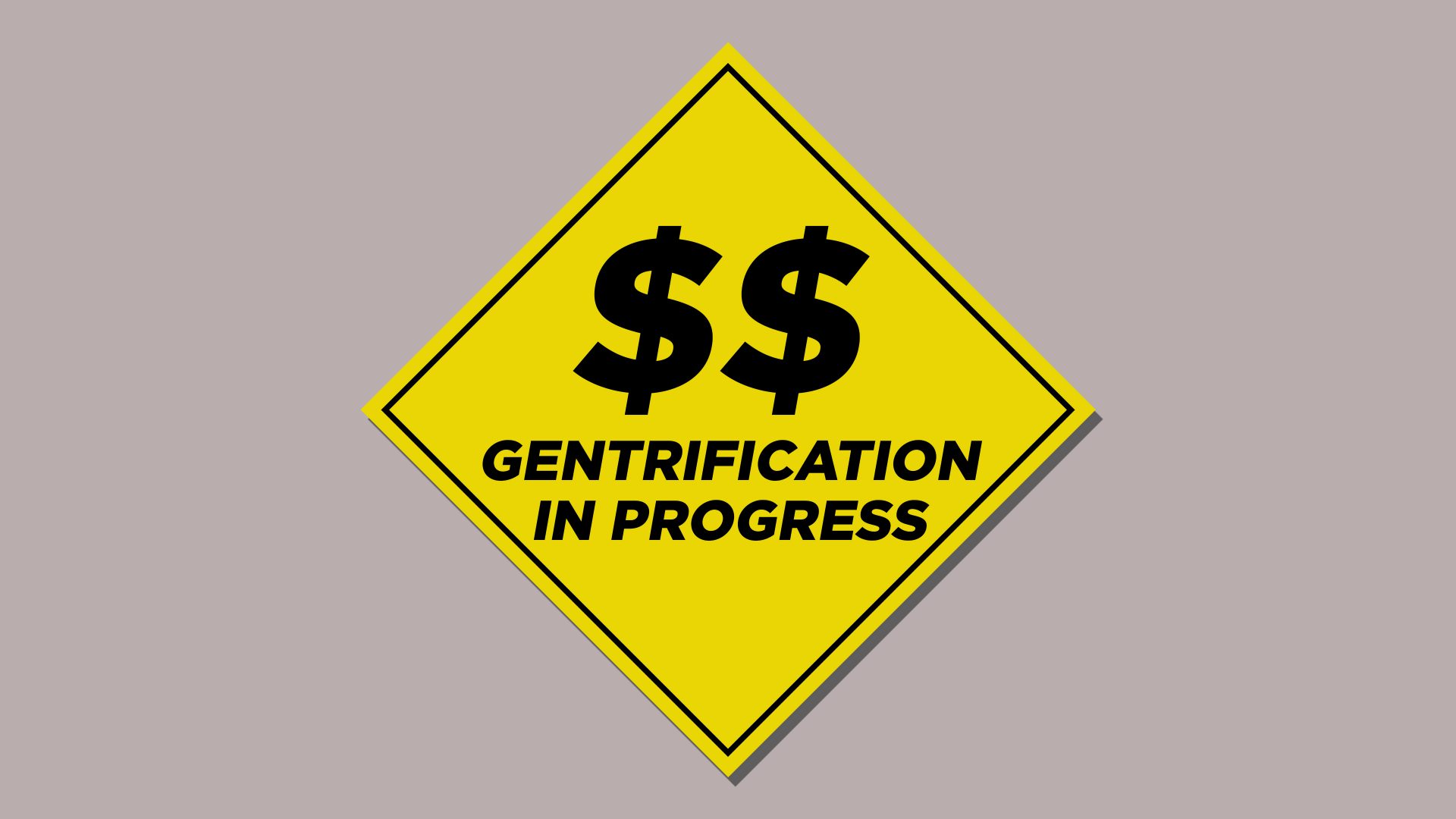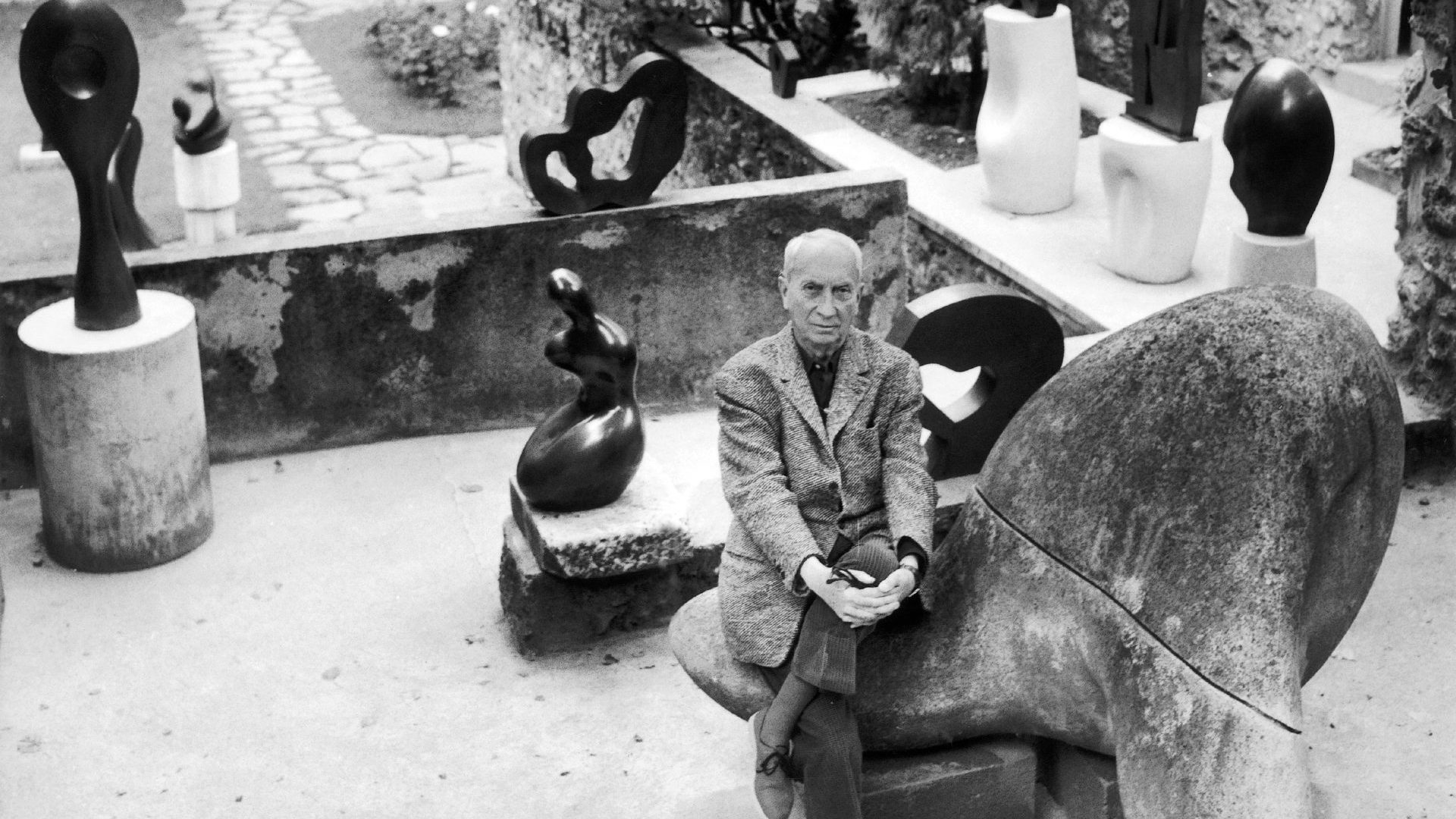When I was a child, besides looking and acting like one, I also thought some pretty childish stuff; such as assuming that the London district, Soho, derived its name from some Chinese expression – because it sounded Chinese, right? And the neighbourhood was – and still is – full of Chinese
restaurants. Now I know better: “soho” was a hunting cry heard in these parts when they were still bosky – while the Chinese restaurants along Gerrard, Lisle and Wardour Streets date only from the 1960s. Moreover, stricto sensu, this area isn’t properly Soho at all – which lies to the north
of Shaftesbury Avenue – and appears on maps as a generic “Chinatown”.
While “Soho” has itself become a generic – at least to this extent: the once raffish area of Manhattan bordering Greenwich Village has basked in this ascription since the early 1960s, when an urban planner called Chester Rapkin coined the acronym “SoHo” to describe the area south of Houston Street, while also echoing the London view halloo. Placenames in the past may have derived mostly from topographic features, but once political and physical geography definitively part ways (and what could be a better expression of this than the concrete cliffs and canyons of Manhattan), naming rights tend to be exercised by economic interests.
Rapkin may have written his report with a view to renovation – but the process by which artists move into abandoned commercial and industrial premises, do them up as studios and then loft apartments, that are then
further done up – and added to – by developers, so as to appeal to wealthier tenants, has become synonymous with gentrification; also known in the US as “the SoHo effect”. One that’s been in evidence in New York for decades now, such that the picturesque placenames of old – the Bowery, Hell’s Kitchen – have been interpolated with not just SoHo, but also NoHo (north of Houston), and even Nolita (north of Little Italy).
We’re perfectly familiar with the strategic renaming of urban areas on this side of the pond – although they don’t seem to gain quite such ready acceptance, unless imposed by municipal fiat: Canary Wharf slapped across the Isle of Dogs; or a Media City ordained, where formerly there were only Salford docks. More usually it’s that the names of districts start to sound – at first subtly, then definitely – different: the quaint village of Chelsea gradually becomes the bohemia centred around the King’s Road, before it convulsively disappears up Roman Abramovich’s back passage in a spume of flight capital.
London has seen the same SoHo effect as New York – most notably in Hoxton and Peckham – but neither neighbourhood has needed a name change to signal the shift from parlous poverty to desirable property. One New York neighbourhood even tried a pre-emptive name change, precisely in order to frustrate the SoHo effect. Formerly known as Fulton’s Landing, the area immediately around the eastern ends of the Manhattan and Brooklyn Bridges was another urban wasteland in the early 1970s, as the docks and their associated warehousing and distribution businesses began to wind down.
Enter painters and sculptors determined to create something, and equally determined that it shouldn’t be something immediately co-opted by estate agents and developers. In order to make their nascently vibrant district
unappealing, they lighted on an acronym already in use to describe the immediate purlieu of the bridges: “Dumbo” (down under the Manhattan Bridge overpass). But this attempt at upstream cultural change on the banks of the East River failed spectacularly: fast forward 45 years and Dumbo is one of the most desirable addresses in New York,with huge and hugely affluent apartment blocks full of erstwhile Manhattanites where once there were rundown warehouses full of aspiring abstract expressionists.
I had the good fortune to stay with affluent friends in Dumbo for a couple of nights recently, and I don’t think I’ve ever seen so many personal trainers and professional dog walkers in one place in my life. The views across the river to Manhattan are awe-inspiring – and so much better than actually being at the bottom of one of those concrete canyons.
The old warehouses haven’t all been spruced up, and there’s still a slightly raffish air to some of the streets – but given its location, it’s hard to see how anyone ever imagined this elephant wasn’t going to fly. If the arty types had really wanted to keep the gentrifiers out they would have had to have come up with a much more explicitly antagonistic name – something like: Forbs (Fuck Off Rich Bastards) – and rather than just mouthing it, like some shibboleth, actively promoted the low-rent sentiment.



